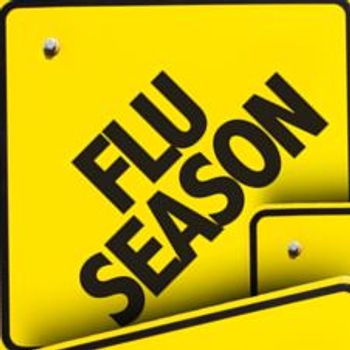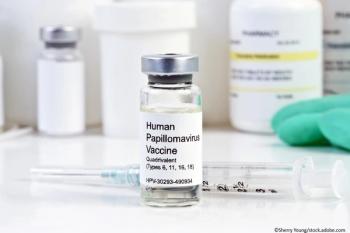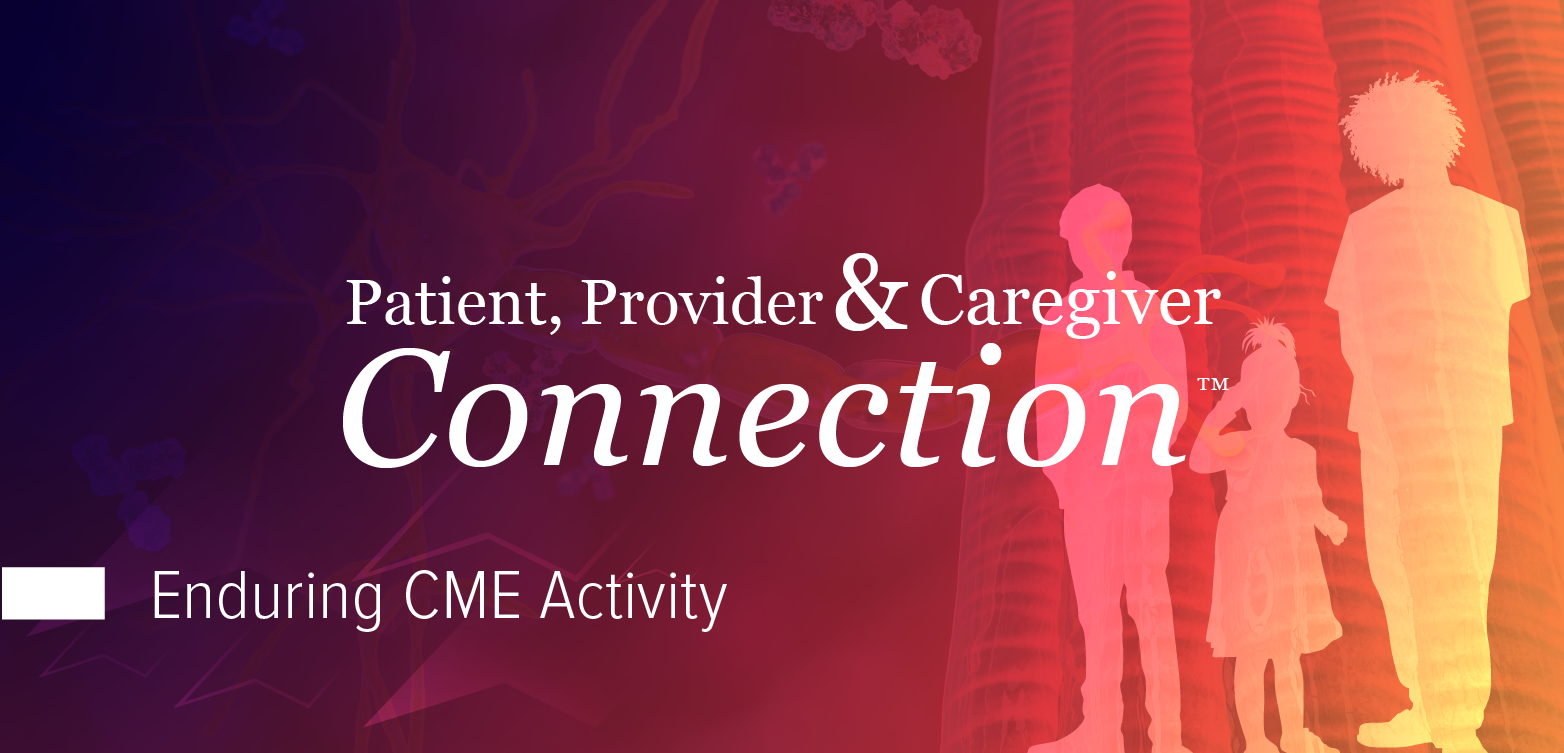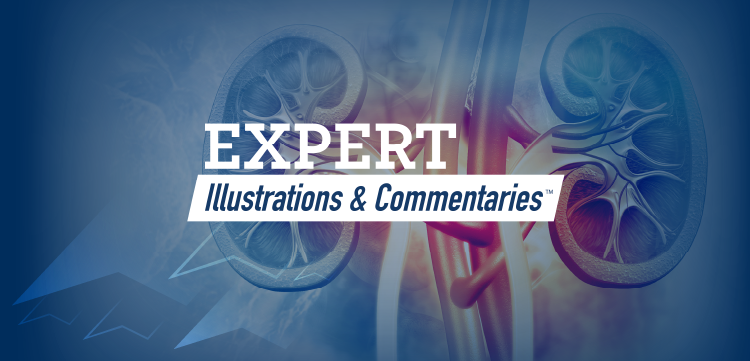
Once-Weekly Insulin Efsitora Comparable to Daily Glargine for Hyperglycemia in Adults With Type 2 Diabetes
ADA 2025: Insulin efsitora proved noninferior to daily insulin glargine for reducing HbA1c, resulted in fewer episodes of hypoglycemia, and required fewer dose adjustments.
Once-weekly insulin efsitora alfa (efsitora) lowered blood glucose levels as effectively as once-daily insulin glargine in insulin-naïve adults with type 2 diabetes, according to results from the phase 3 QWINT-1 trial presented at the American Diabetes Association (ADA) 85th Scientific Sessions and published in The New England Journal of Medicine.
In this 52-week, randomized, open-label study, efsitora achieved a mean A1C of 6.92%, with a mean reduction of 1.31 percentage points from baseline, compared to a 1.27-point drop and mean A1C of 6.96% with daily glargine. A second per-protocol analysis showed similar noninferiority, with reductions of 1.19% vs 1.16%, respectively, confirming efsitora met the noninferiority margin of 0.4% (between-group difference −0.03; 95% CI, −0.18 to 0.12; P = .68 for superiority).
"The results confirm once-weekly insulin efsitora can deliver similar level of blood sugar control as daily basal insulin, with the added benefit of a simpler dosing schedule," said Dr. Julio Rosenstock, senior scientific advisor at Velocity Clinical Research, Medical City Dallas, and lead investigator of QWINT-1. "The novel fixed-dose regimen used in QWINT-1 for once-weekly efsitora, with titration options of only four different doses, has the potential to facilitate and ease the burden of starting insulin for both patients and providers, hopefully, improving adherence and long-term health outcomes, is a significant step forward in filling a treatment gap that existed for decades."
The study enrolled 795 adults with type 2 diabetes who had not previously received insulin and had A1C values between 7.0% and 10.0%. Participants were randomized to once-weekly efsitora or once-daily glargine U100. Efsitora started at 100 units weekly and could be titrated at four-week intervals to 150, 250, or 400 units to achieve fasting blood glucose between 80–130 mg/dL. Glargine titration followed a standard algorithm, adjusted weekly or more frequently.
At baseline, the cohort had a mean age of 56.3 years, 49.9% were women, 68.3% were White, and the mean diabetes duration was 9.4 years. Most participants (93.5%) were using metformin. Mean baseline A1C was 8.20% in the efsitora group and 8.28% in the glargine group. Weekly insulin usage was lower in the efsitora arm (289.1 vs 332.8 units; between-group difference −43.7 units; 95% CI, −62.4 to −25.0).
Efsitora was associated with a lower rate of clinically significant or severe hypoglycemia compared to glargine (0.50 vs 0.88 events per participant-year; rate ratio, 0.57; 95% CI, 0.39 to 0.84). Participants on efsitora also required fewer dose adjustments (median 2 vs 8 with glargine).
Writing in an accompanying editorial, Julie Ingelfinger, MD, professor of pediatrics at Harvard Medical School, and Clifford J. Rosen, MD, director of clinical and translational research, senior scientist at Maine Medical Center's Research Institute, noted that the regimen, if efsitora alfa received regulatory approval, could offer a streamlined insulin initiation algorithm and emphasized the potential impact on adherence. “If packaged at a widely affordable price, efsitora would most likely simplify glycemic control for many persons with type 2 diabetes,” they wrote. “In all, weekly or, eventually, even more widely spaced insulin preparations may facilitate easier-to-administer insulin and dependable control of diabetes, thus lessening the barriers to the effective therapy of type 2 diabetes.”
Lilly plans to submit efsitora for global regulatory approval by the end of 2025.
References
Rosenstock J, Bailey T, Connery L. Weekly fixed-dose insulin efsitora in type 2 diabetes without previous insulin therapy. N Engl J Med. Published online June 22, 2025. doi:
10.1056/NEJMoa2502796 Once-weekly insulin efsitora achieves comparable A1c reduction to daily insulin therapy. News release. American Diabetes Association. June 22, 2025. Accessed June 23, 2025.
https://www.prnewswire.com/news-releases/once-weekly-insulin-efsitora-achieves-comparable-a1c-reduction-to-daily-insulin-therapy-302487408.html Ingelfinger JR, Rosenson CJ. Weekly inuslins and therapeutic burden in type 2 diabetes. N Engl J Med. Published online June 22, 2025. doi:
10.1056/NEJMe2508147
Newsletter
Enhance your clinical practice with the Patient Care newsletter, offering the latest evidence-based guidelines, diagnostic insights, and treatment strategies for primary care physicians.



























































































































































































































































































